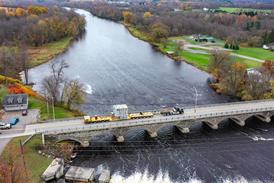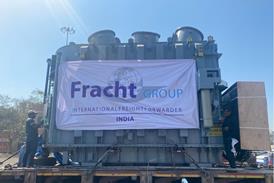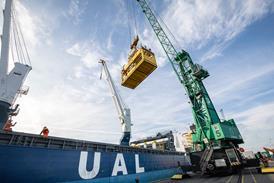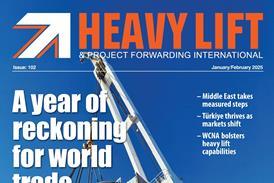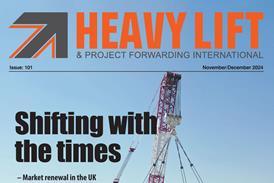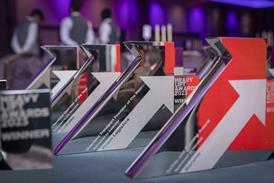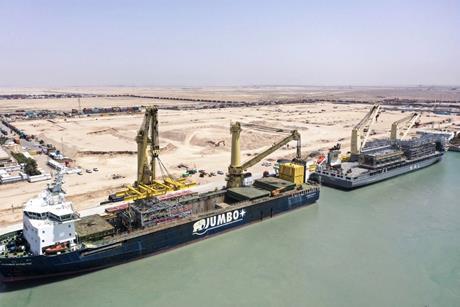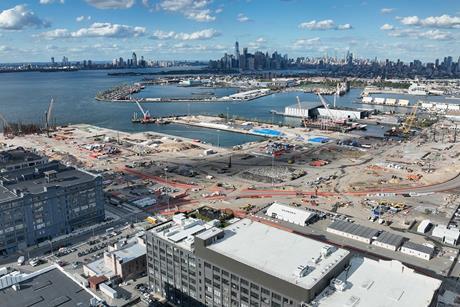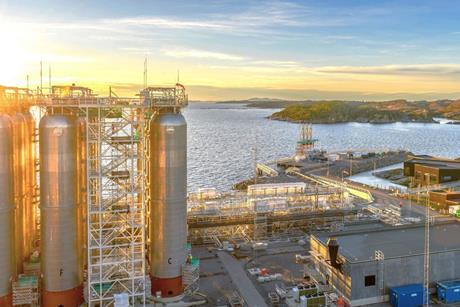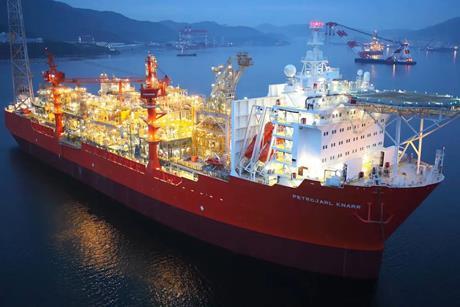Insight
Measured steps in the Middle East’s economic diversification
The Middle East’s primary generator of project logistics activity, the oil and gas sector, still commands the lion’s share of attention. Nevertheless, profits derived from fossil fuels are being funnelled into various markets, including transport infrastructure, civil construction and renewable energy. The pace of diversification may be gradual, but there is a tangible sense that the region is laying the groundwork for a more resilient future. Chris Lewis reports.
Trump’s return reshapes energy landscape
January 20 marked the conclusion of the Biden administration’s term in office, a period characterised by significant advancements in the USA’s offshore renewable energy sector. The inauguration of President Donald Trump ushers in a new era.
Trump 2.0: Energy, tariffs and tensions
President Donald Trump’s return to the White House brought immediate policy reversals on renewables, a renewed focus on traditional energy sectors and promises of tariffs on key trading partners. Much has been speculated on regarding his re-election and the heavy lift and project logistics sector has been keeping a close eye on the flurry of announcements, statements, tweets, and executive orders will affect the flow of cargoes to and from the world’s largest economy.
Fragile ceasefire brings hope for Red Sea revival
There was positive news out of the Middle East this week with an agreement between Israel and Hamas to pause fighting, raising hopes for the resumption of shipping services in the Red Sea. However, uncertainty looms as risks of resumed attacks and volatility in global trade routes remain high.
Carbon capture prospects look bright – but costly
Growing worldwide interest in fitting carbon capture, utilisation and storage (CCUS) technology at fossil fuel power plants to reduce harmful CO2 emissions could create additional business opportunities for project logistics providers. Such technology is imperative in achieving net-zero targets while using fossil-fuelled power generation methods. While the prospects look good on paper, high costs mean many projects remain on the drawing board
Can the subcontinent deliver on its green promises?
The Indian Subcontinent has begun the process of switching to green energy. This is one project freight market that promises to run and run. However, the task of weaning nearly 2 billion people off traditional power sources is gargantuan, writes Chris Lewis.
France focuses on offshore evolution
The majority of project cargo demand in France stems from the wind energy sector, and there is an increasing focus on standard offshore and floating wind farms, writes Megan Ramsay.
Caribbean poised for a surge in project logistics activity
A green light for oil and gas development in Suriname heralds the next spate of project logistics activity, writes Ian Putzger.
Nuclear power’s growth spurt
The nuclear power generation sector could be a panacea for the world’s energy needs. However, large-scale projects are often highly politicised and are subject to delays and cost overruns. SMR technology has been touted as an alternative, although this too faces public relations and permitting challenges, while development timelines are obscure. Project logisticians and heavy lift service providers remain sanguine on the prospects.
Argentia’s growing role in global energy
From hosting North America’s first wind turbine marshalling yard to preparing for the tow-out of a colossal concrete gravity structure (CGS), the port of Argentia is rapidly transforming into a nexus for renewable energy projects and heavy lift operations. As demand for green hydrogen and sustainable fuels grows, Argentia’s developments signal a bright future for project cargo in Newfoundland and beyond.
Mining houses tap into green energy resources
Miners in Australia are increasingly installing renewable energy sources to cut their net carbon emissions, creating work for heavy lift and multipurpose carriers.
Downstream O&G sector on cusp of transformation
In the words of a recent report published by the World Refining Association: “The downstream energy industry finds itself at the nexus of transformation, propelled by a mosaic of innovations, challenges and aspirations.” For heavy lift and project freight forwarding companies, one resulting challenge is to assess which sectors are likely to offer the best future business opportunities − and when.


